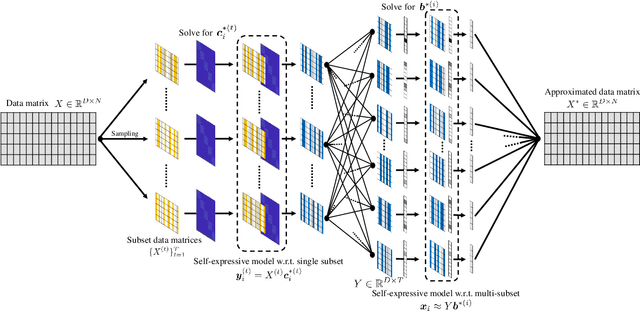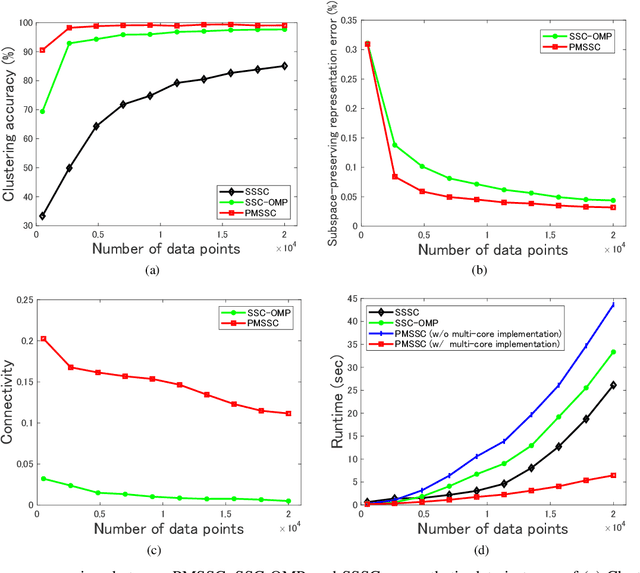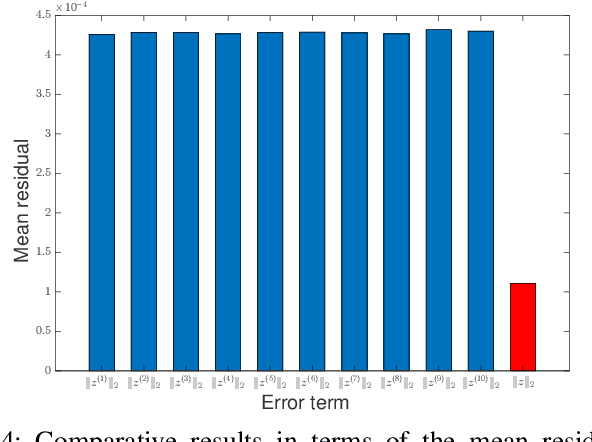Shogo Tokai
Frequency-Guided Multi-Level Human Action Anomaly Detection with Normalizing Flows
Apr 26, 2024



Abstract:We introduce the task of human action anomaly detection (HAAD), which aims to identify anomalous motions in an unsupervised manner given only the pre-determined normal category of training action samples. Compared to prior human-related anomaly detection tasks which primarily focus on unusual events from videos, HAAD involves the learning of specific action labels to recognize semantically anomalous human behaviors. To address this task, we propose a normalizing flow (NF)-based detection framework where the sample likelihood is effectively leveraged to indicate anomalies. As action anomalies often occur in some specific body parts, in addition to the full-body action feature learning, we incorporate extra encoding streams into our framework for a finer modeling of body subsets. Our framework is thus multi-level to jointly discover global and local motion anomalies. Furthermore, to show awareness of the potentially jittery data during recording, we resort to discrete cosine transformation by converting the action samples from the temporal to the frequency domain to mitigate the issue of data instability. Extensive experimental results on two human action datasets demonstrate that our method outperforms the baselines formed by adapting state-of-the-art human activity AD approaches to our task of HAAD.
PMSSC: Parallelizable Multi-Subset based Self-Expressive Model for Subspace Clustering
Nov 24, 2021



Abstract:Subspace clustering methods embrace a self-expressive model that represents each data point as a linear combination of other data points in the dataset are powerful unsupervised learning techniques. However, when dealing with large-scale datasets, the representation of each data point by referring to all data points as a dictionary suffers from high computational complexity. To alleviate this issue, we introduce a parallelizable multi-subset based self-expressive model (PMS) which represents each data point by combing multiple subsets, with each consisting of only a small percentage of samples. The adoption of PMS in subspace clustering (PMSSC) leads to computational advantages because each optimization problem decomposed into each subset is small, and can be solved efficiently in parallel. Besides, PMSSC is able to combine multiple self-expressive coefficient vectors obtained from subsets, which contributes to the improvement of self-expressiveness. Extensive experiments on synthetic data and real-world datasets show the efficiency and effectiveness of our approach against competitive methods.
 Add to Chrome
Add to Chrome Add to Firefox
Add to Firefox Add to Edge
Add to Edge